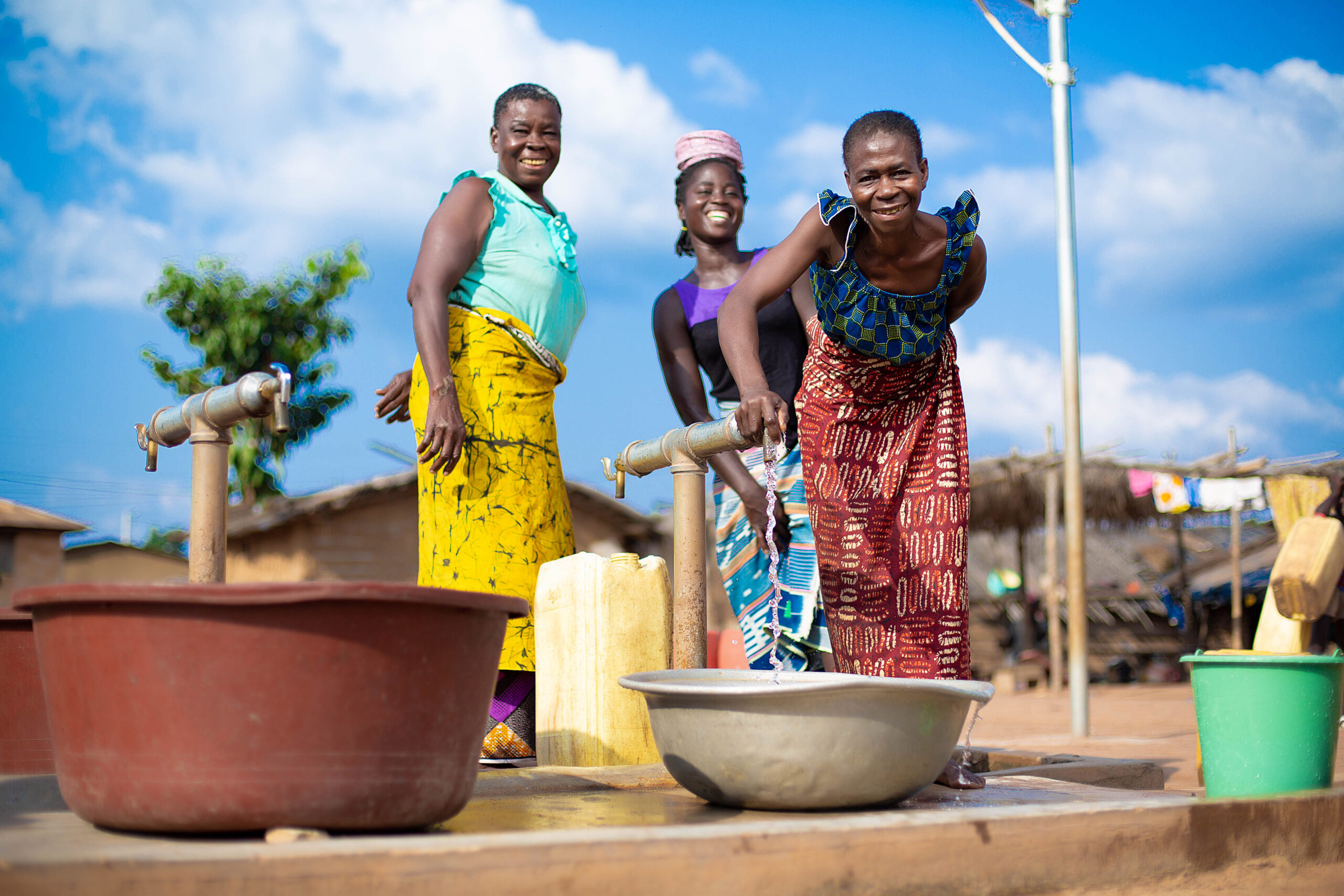Without infrastructure, a country is nothing…. no hospitals, no bridges, no roads, no schools, no train stations, no electricity, no access to clean water,… in other words nothing would be accessible for the citizens of the world without infrastructure. The economic activity of a country is strongly dependent on the services provided by society, which are closely linked to infrastructure. It is central to the achievement of the Sustainable Development Goals (SDGs) by 2030 such as in education, health, access to energy, clean water and sanitation among others. All 3 dimensions (economy, environment and society) of sustainable development are affected by the fundamental role of infrastructure as each piece (a power plant, a hospital or a water supply network) of the system whose elements are brought together has an invaluable potential to strengthen these 3 pillars. Below is an overview of the benefits as well as the challenges of good infrastructure.
The benefits of infrastructure are such that they generate economic benefits through employment, protect the environment, reduce inequality and promote social progress.
First, building excellent infrastructure generates employment for men and women seeking work. If we take the example of public transport (buses, trains, railroads,…), it helps to reduce greenhouse gas emissions and pollution, to manage natural capital and to improve the efficient use of resources. In addition, it allows women to enter the labor market more easily, to move safely and ensure equal access to services and equal opportunities.
Second, educational and health infrastructure is crucial to women’s empowerment. Without private sanitation facilities or toilets in schools or workplaces, women and girls are often forced to stay home during their periods, or even forced to drop out of school or quit their jobs. According to the World Bank, approximately 500 million women and girls do not have access to menstrual hygiene facilities. Moreover, a lack of infrastructure could put them at risk…since the quality of water and hygiene affects maternal mortality rates. Through the funding of the solar station in the Comoros, Semlex for education and its partners, Estia Synergie and Sotrad Water, have made it possible for women to free themselves from this onerous task.
Third, it is important to build resilient infrastructure that protects the different sectors of the economy from natural shocks (violent storms) and that ensures continuity of services in times of crisis, promoting community stability and protecting livelihoods.
The challenges for the future concerning infrastructure are very present, the investments needed according to the World Bank would be from 3200 to 3700 billion dollars per year by 2030. In developing countries, there is a huge shortfall due to a lack of money but also a lack of personnel to manage projects, budgets and procurement. In addition, ineffective governance does not support good building codes and regulations to make good hiring and training decisions. There is a long way to go to get there and it can be done in a number of ways:
Complementary development financing strategies
Aid Public sector loans Private sector investments
Grants and technical cooperation for humanitarian and development assistance Concessional and non-concessional loans to governments and public institutions Equity, loans, guarantees for commercially sustainable private sector projects
Donor agencies Development banks Development finance institutions (multilateral, bilateral) (DFIs)
Red Cross, Doctors Without Borders, … African Development Bank (AfDB) …. World Bank, Bio-Invest,…
In the area of infrastructure, public-private partnerships, a combination of development banks and development finance institutions, can make a difference by providing loans to developing countries in need. For example, Bio Invest, a bilateral institution financed by the Belgian government, invests directly and indirectly with other partners in small and medium-sized enterprises, financial institutions and infrastructure projects contributing with equity, loans and capital.
In the area of infrastructure, public-private partnerships, a combination of development banks and development finance institutions, can make a difference by providing loans to developing countries in need. For example, Bio Invest, a bilateral institution financed by the Belgian government invests directly and indirectly with other partners in small and medium-sized enterprises, financial institutions and infrastructure projects contributing through equity, loans and technical assistance to the socio-economic growth of the host country.
In conclusion, it is absolutely necessary to optimize existing infrastructure in harmony with the construction of new infrastructure where the whole of this infrastructure is treated as an interconnected whole strengthening their resilience. It is by combining public, private and citizen support that it will be possible to provide vital services to communities in need, improve their quality of life and protect the environment.
Written by Emilie de Gerlache for Semlex for Education


